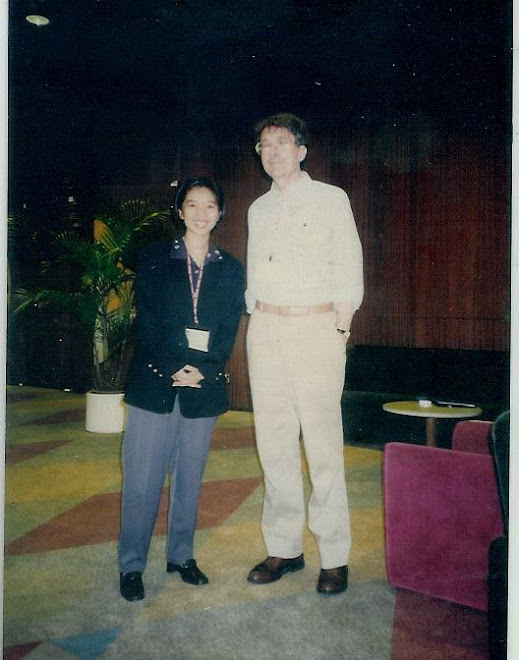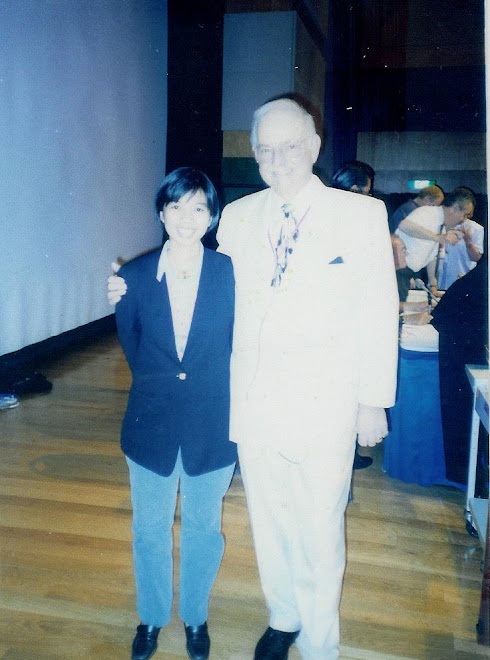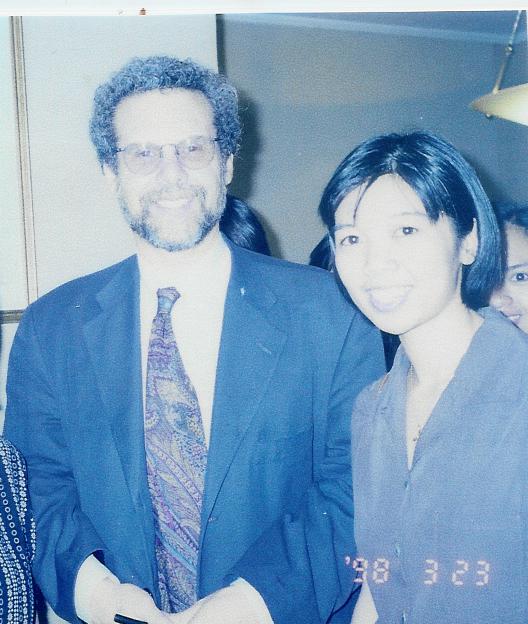 I’ve written about the giant cauldron of stories that are available for our youngsters to read. My intention was to kindle a passion for reading by demonstrating that fairy tales, nursery rhymes and realistic fictions have bits of fantasies and profound truths that can be explored beyond the text.
I’ve written about the giant cauldron of stories that are available for our youngsters to read. My intention was to kindle a passion for reading by demonstrating that fairy tales, nursery rhymes and realistic fictions have bits of fantasies and profound truths that can be explored beyond the text. But despite the literary spices that come from stories of various flavors, why are our youngsters not reading? A lot has been said about books making our lives richer and allowing us to meet people who never existed. Yet the cauldron seems to have lost its warm glow.
The MTV generation. This generation is already reading less literature than before and watching more TV. With the fast paced formats of television and the internet, the way youngsters learn has changed.
As an educator, I have stopped complaining about this. Whether or not we agree to children being exposed to TV and the net is clearly not the point here. The fact is very clear: technology is here to stay.
For our youngsters to get excited with books, the process has to be as delicious as homemade cookies and as stimulating as the razzle dazzle they find in TV shows or computer games.
I’ve advocated a teaching approach called showbiz teaching – using entertainment to teach and reach children. We should develop teachers who can excite our youngsters to read and write. The usual chalkboard and textbook approach hardly works for youngsters whose senses have already been attuned to entertainment.
Someone once said that teachers who cannot keep students involved and excited for several hours in the classroom should not be there. Entertainment and learning are so connected to each other because both fields require professional delivery. Both face an audience that are capable of booing or applauding you.
Many educators spend countless number of hours surfing the net and researching content topics to be delivered in the classroom. They however miss one important point – If no one from their students hears the learning point, the point has not been made. Gail Godwin says that good teaching is one-fourth preparation and three-fourths theatre.
Young children arrive on the steps of their schools already entertained by Barney, High-5, Dora, Bob the Builder and Power Rangers. The attitude among learners has already changed. They have shorter attention spans and don’t listen very well. They are not as persistent as we used to be when we were younger, often jumping to another task without finishing the other.
Even while we can hardly comprehend the babbling of the youngest toddlers, their nonverbal message resonates in the classrooms. They’re telling us that good is not good enough. To learn, they have to be knocked out with an emotional impression by their teachers.
In one of my teacher training sessions, I asked the teachers in the audience to tell me what their biggest challenge in the classroom was. They gave me answers like computer games, misbehaviour, short attention span, fighting and so on. All these issues could have been addressed with excellent delivery. When children are busy learning in the classroom, they do not misbehave.
Every day, every week, every year, we influence learning with how we conduct ourselves as teachers. The very moment our students’ faces reflect back the excitement to us like a golden mirror, we know we’ve connected.
Teachers must be fun. They must use everything in their arsenal to teach: songs, drama and the use of a magical storytelling voice to transport their students to the places in their books.
However, even the best teachers can’t do the job alone. The real experts in this field are the parents. Parents should not be stodgy, they should also be sparky!
Let’s refer back to our TV addicts at home. After watching Charlie and the Chocolate Factory or The Chronicles of Narnia, intrigue your children with the suggestion that the book would be more delightful because there are scenes, dialogue, images and subplots that the movie may not have shown but the author may have written.
Read aloud the book versions of their favourite movies. Remember to be sparky when you read. Build suspense with your voice and facial expressions. Transport them to the place in your story and leave them begging for more.
Let us overcome our bias against TV and learn to make them work for us. After all, how much blame can we place on technology? Let’s learn from how showbiz people captivate their audience. Let’s be magical storytellers. For after all, we can only shape our beliefs and actions according to these new realities.











No comments:
Post a Comment